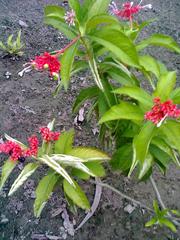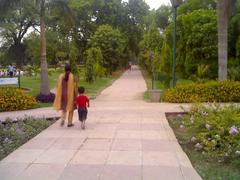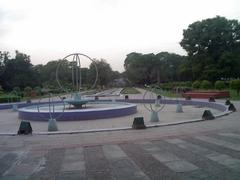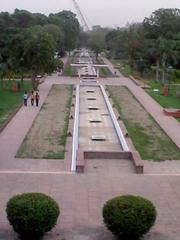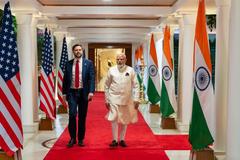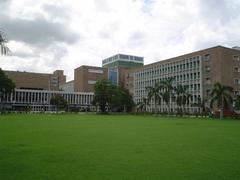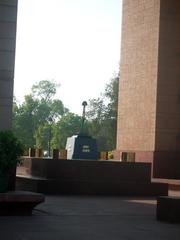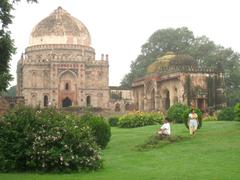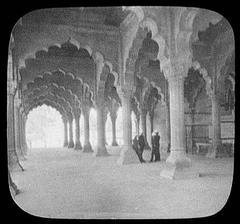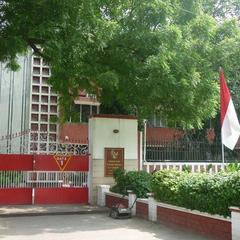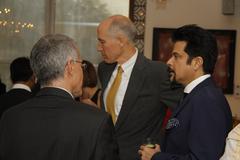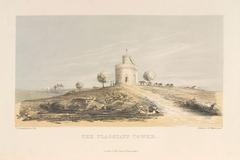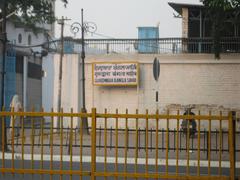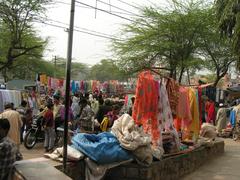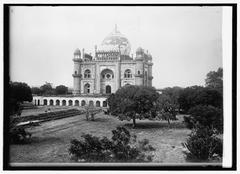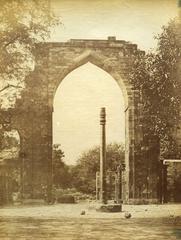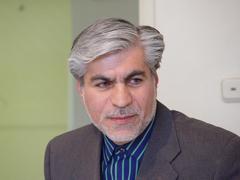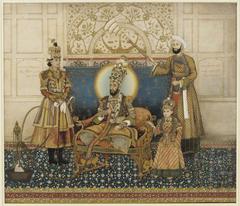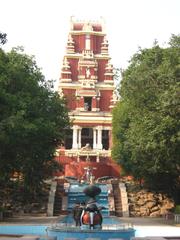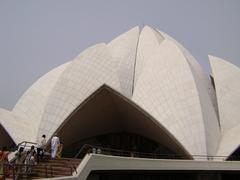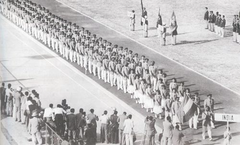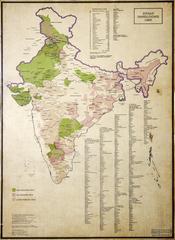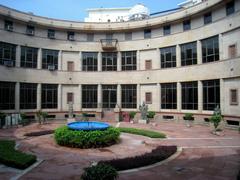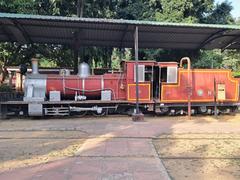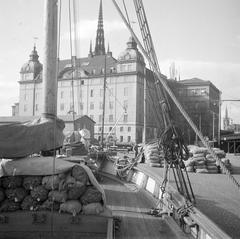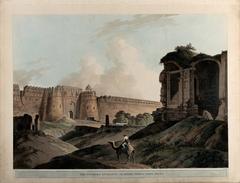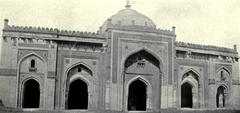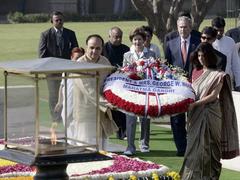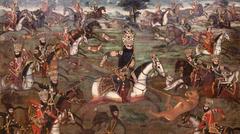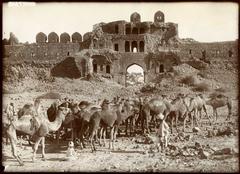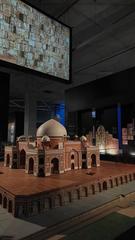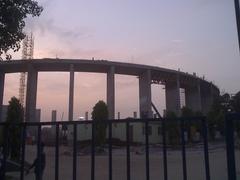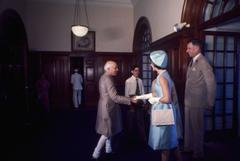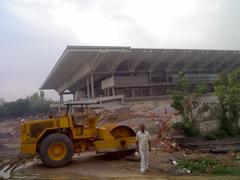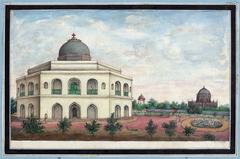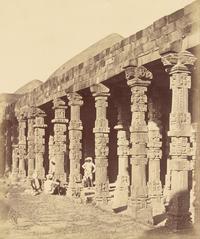T

Comprehensive Guide to Visiting Talkatora Garden: History, Significance, Visitor Tips, and Everything You Need to Know
Date: 18/07/2024
Introduction
Table of Contents
- [Exploring Talkatora Garden](#exploring-talkatora-gardenexploring-talkatora-garden)
- [History](#historyhistory)
- [The Mughal Era: A Sporting and Strategic Ground](#the-mughal-era-a-sporting-and-strategic-groundthe-mughal-era-a-sporting-and-strategic-ground)
- [The Post-Mughal Period: A Shift in Purpose](#the-post-mughal-period-a-shift-in-purposethe-post-mughal-period-a-shift-in-purpose)
- [The Garden Today: A Blend of History and Recreation](#the-garden-today-a-blend-of-history-and-recreationthe-garden-today-a-blend-of-history-and-recreation)
- [Visitor Information](#visitor-informationvisitor-information)
- [Visiting Hours](#visiting-hoursvisiting-hours)
- [Tickets](#ticketstickets)
- [Best Time to Visit](#best-time-to-visitbest-time-to-visit)
- [Travel Tips](#travel-tipstravel-tips)
- [Accessibility](#accessibilityaccessibility)
- [Photography](#photographyphotography)
- [Guided Tours](#guided-toursguided-tours)
- [Nearby Attractions](#nearby-attractionsnearby-attractions)
- [Connaught Place](#connaught-placeconnaught-place)
- [India Gate](#india-gateindia-gate)
- [Rashtrapati Bhavan](#rashtrapati-bhavanrashtrapati-bhavan)
- [FAQ](#faqfaq)
- [History](#historyhistory)
- [Conclusion](#conclusionconclusion)
- [References](#referencesreferences)
Exploring Talkatora Garden
History
The Mughal Era: A Sporting and Strategic Ground
The garden’s story begins during the Mughal era, specifically during the reign of Emperor Shah Jahan (1628-1658). He envisioned Talkatora not just as a garden, but as a multifaceted space that served both recreational and strategic purposes.
- Talkatora Stadium: The garden’s most prominent feature, a large open stadium, owes its existence to Shah Jahan’s passion for sports. Historical accounts suggest that the stadium was used for various sporting events, including the traditional Mughal sport of “qamargah,” a form of polo.
- Strategic Water Reservoir: The name “Talkatora” itself hints at the garden’s strategic importance. “Talkatora” translates to “water tank” or “reservoir,” reflecting its role as a crucial water source for the surrounding areas. The stadium’s unique design, resembling a sunken garden, facilitated the collection and storage of rainwater. This innovative approach to water management highlights the Mughal’s advanced understanding of hydraulics.
The Post-Mughal Period: A Shift in Purpose
The decline of the Mughal empire saw Talkatora Garden undergo a shift in its purpose. While its role as a water reservoir remained, the stadium’s use for sporting events dwindled.
- British Era: During the British Raj, the garden witnessed a period of neglect. However, its strategic location near the Connaught Place area, developed by the British in the early 20th century, ensured its survival.
- Post-Independence: After India’s independence in 1947, Talkatora Garden was revitalized as a public park. The stadium, once a hub for Mughal sports, found a new purpose as a venue for political rallies and public gatherings.
The Garden Today: A Blend of History and Recreation
Today, Talkatora Garden stands as a testament to Delhi’s rich history. The remnants of its Mughal past, particularly the Talkatora Stadium, offer a glimpse into the grandeur of a bygone era.
- A Green Oasis: The garden provides a welcome respite from bustling city life. Its lush greenery, vibrant flower beds, and tranquil pathways make it a popular destination for morning walks, leisurely strolls, and family picnics.
- Cultural Hub: Talkatora Stadium continues to be a venue for various events, including cultural programs, exhibitions, and concerts. This blend of history and contemporary use adds a unique dimension to the garden’s character.
- A Reminder of the Past: Talkatora Garden serves as a poignant reminder of Delhi’s layered history. It stands as a symbol of the city’s evolution, showcasing the enduring legacy of the Mughals and their innovative approach to urban planning.
Visitor Information
- Visiting Hours: Talkatora Garden is open daily from 6:00 AM to 7:00 PM.
- Tickets: Entry to the garden is free of charge.
- Best Time to Visit: The best time to visit is early morning or late afternoon to avoid the midday heat.
Travel Tips
- Accessibility: The garden is wheelchair accessible, with paths suitable for all visitors.
- Photography: Talkatora Garden offers numerous photographic spots, especially around the stadium and the lush green areas.
- Guided Tours: While there are no official guided tours, local guides can be hired for a more informative experience.
Nearby Attractions
- Connaught Place: A historic shopping and business area, just a short walk from Talkatora Garden.
- India Gate: A prominent war memorial, easily accessible from the garden.
- Rashtrapati Bhavan: The official residence of the President of India, located nearby.
FAQ
- Q: Is there a fee to enter Talkatora Garden?
- A: No, entry to Talkatora Garden is free.
- Q: What are the opening hours of Talkatora Garden?
- A: The garden is open daily from 6:00 AM to 7:00 PM.
- Q: Are there any special events held at Talkatora Garden?
- A: Yes, Talkatora Stadium hosts various cultural programs, exhibitions, and concerts throughout the year.

